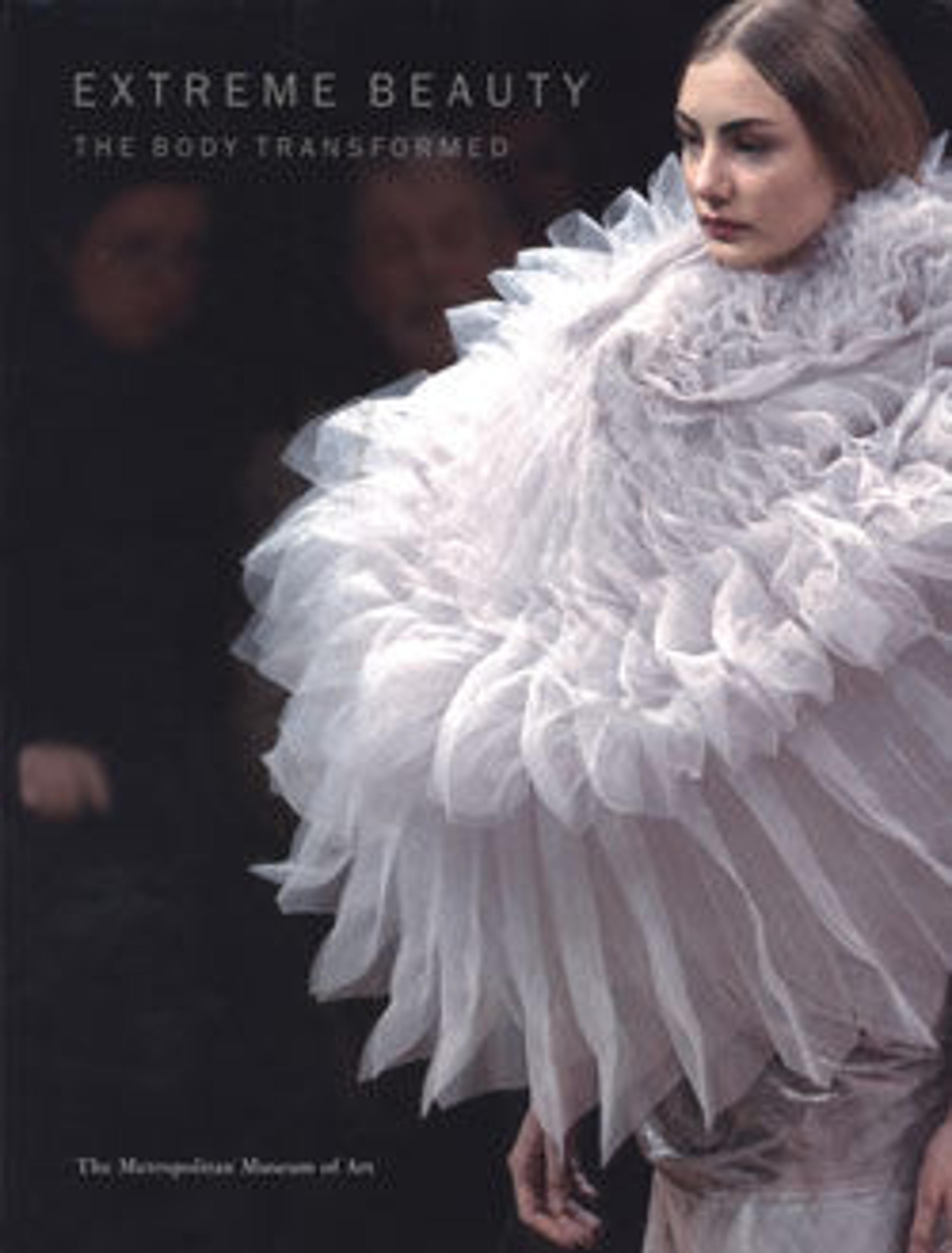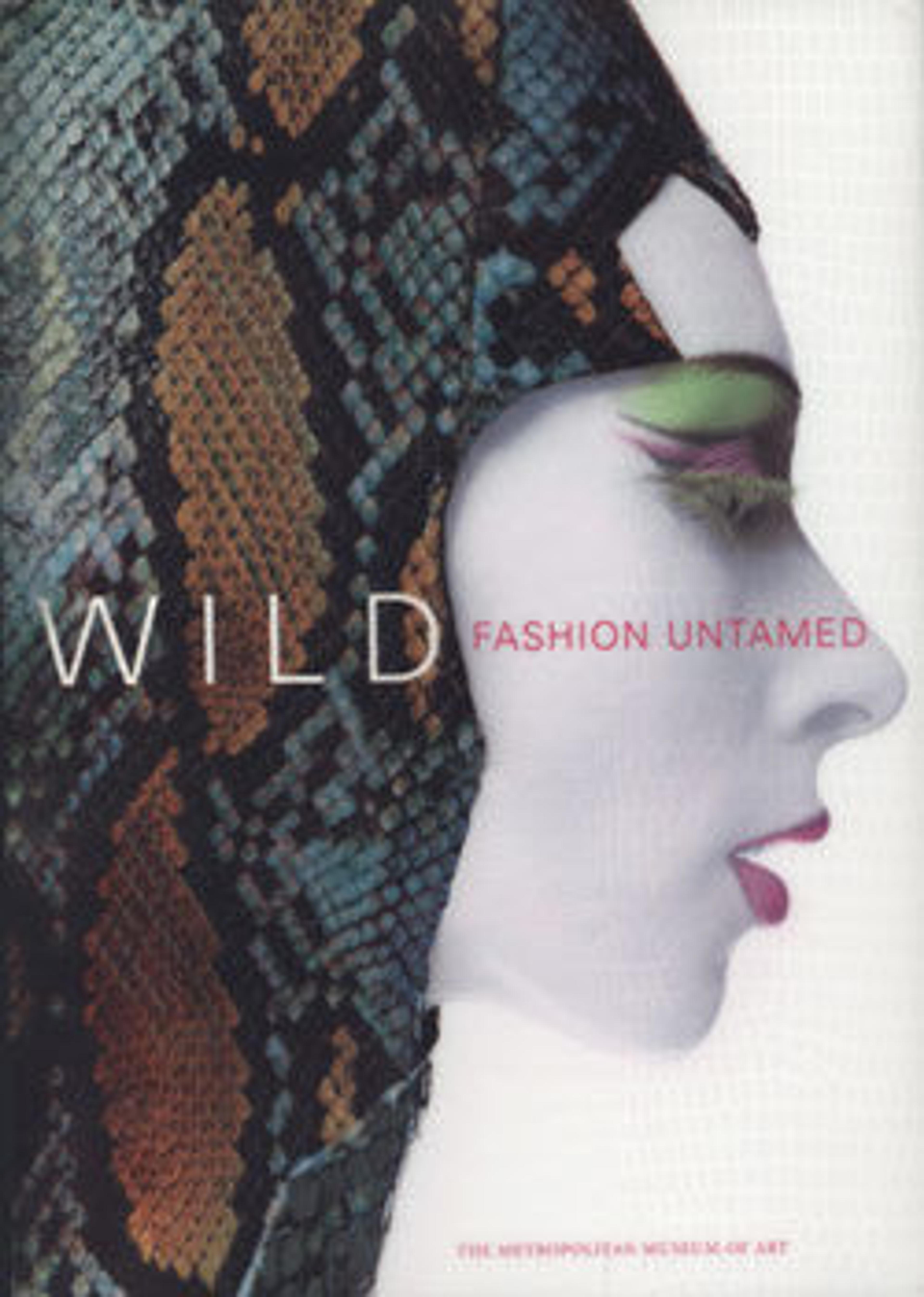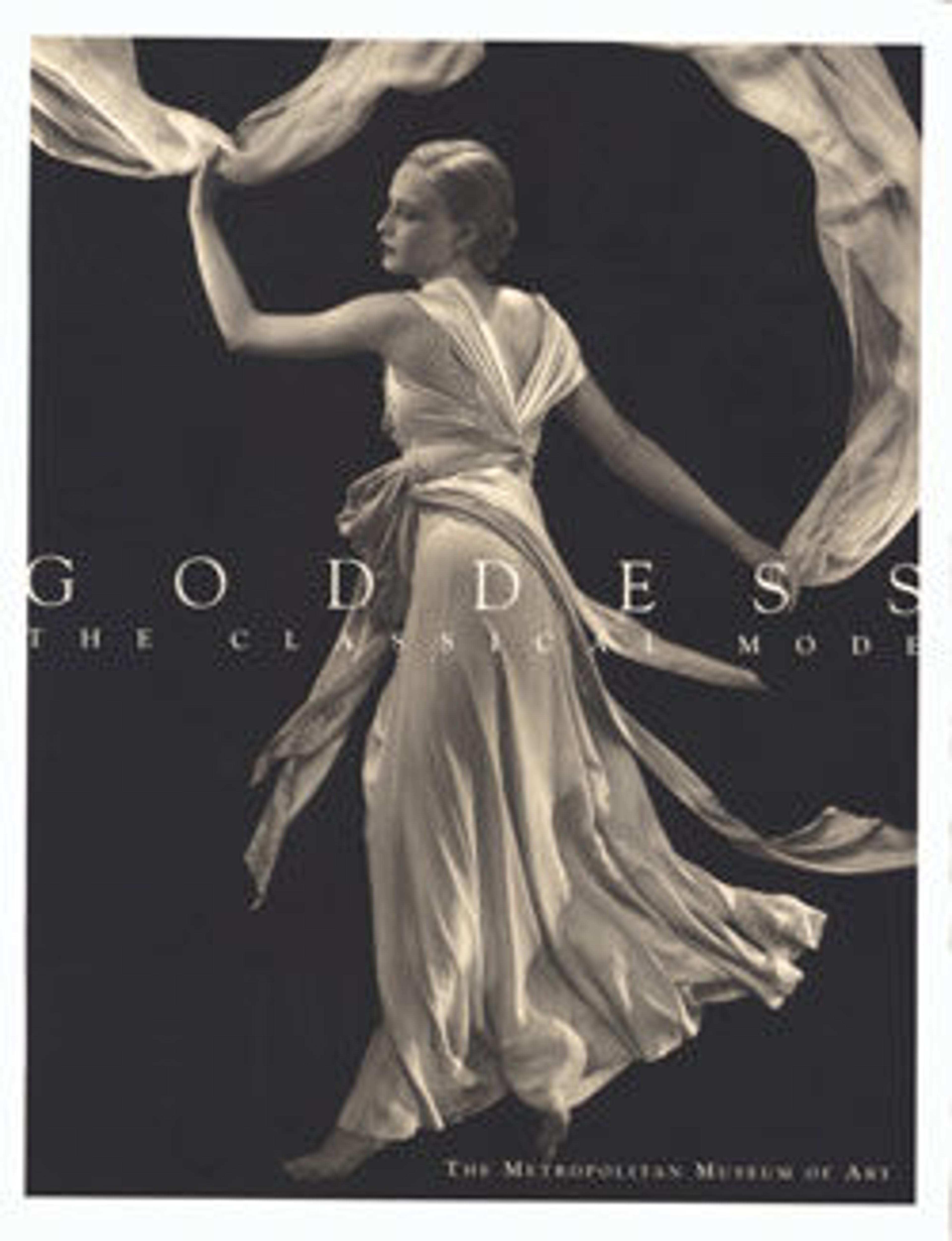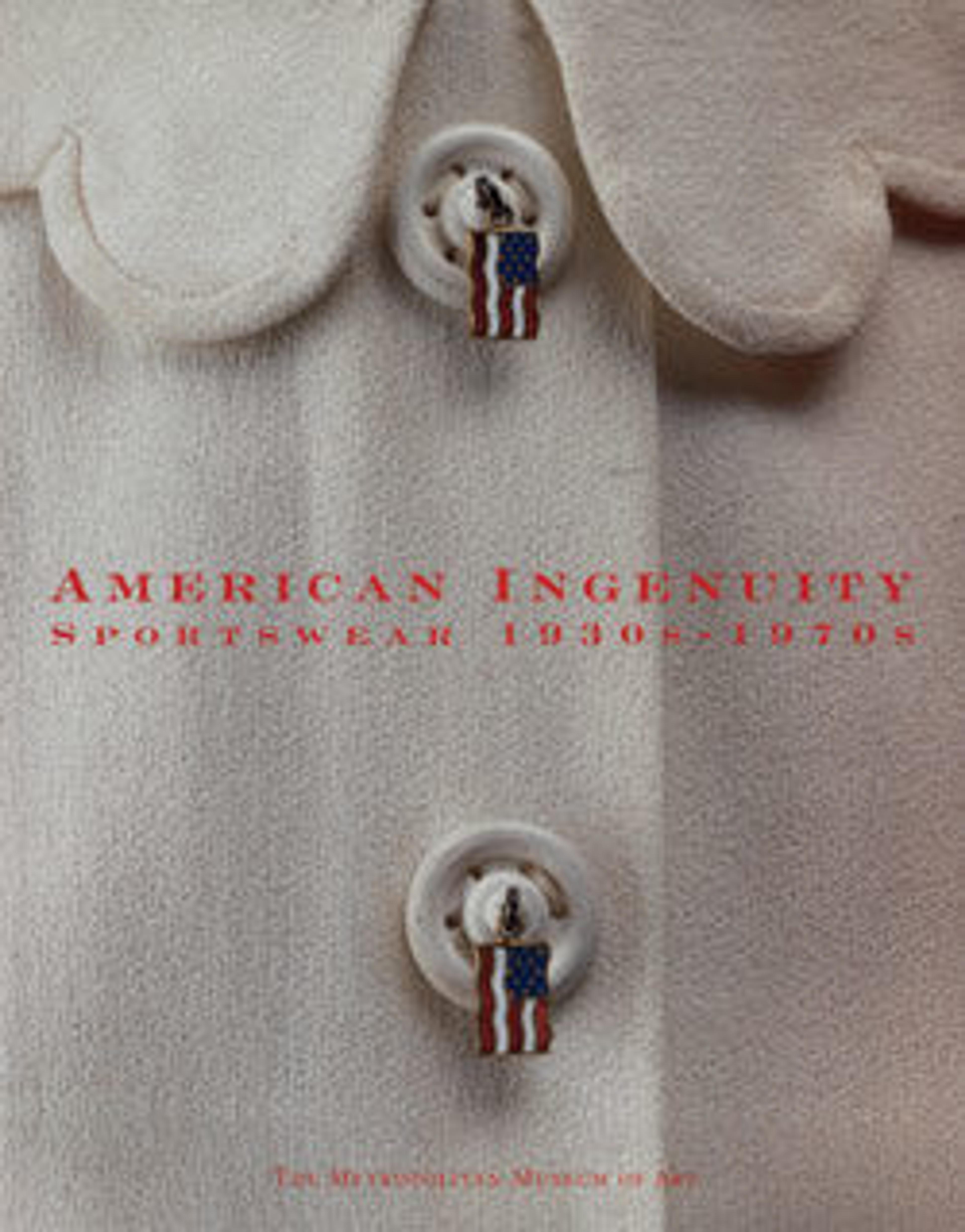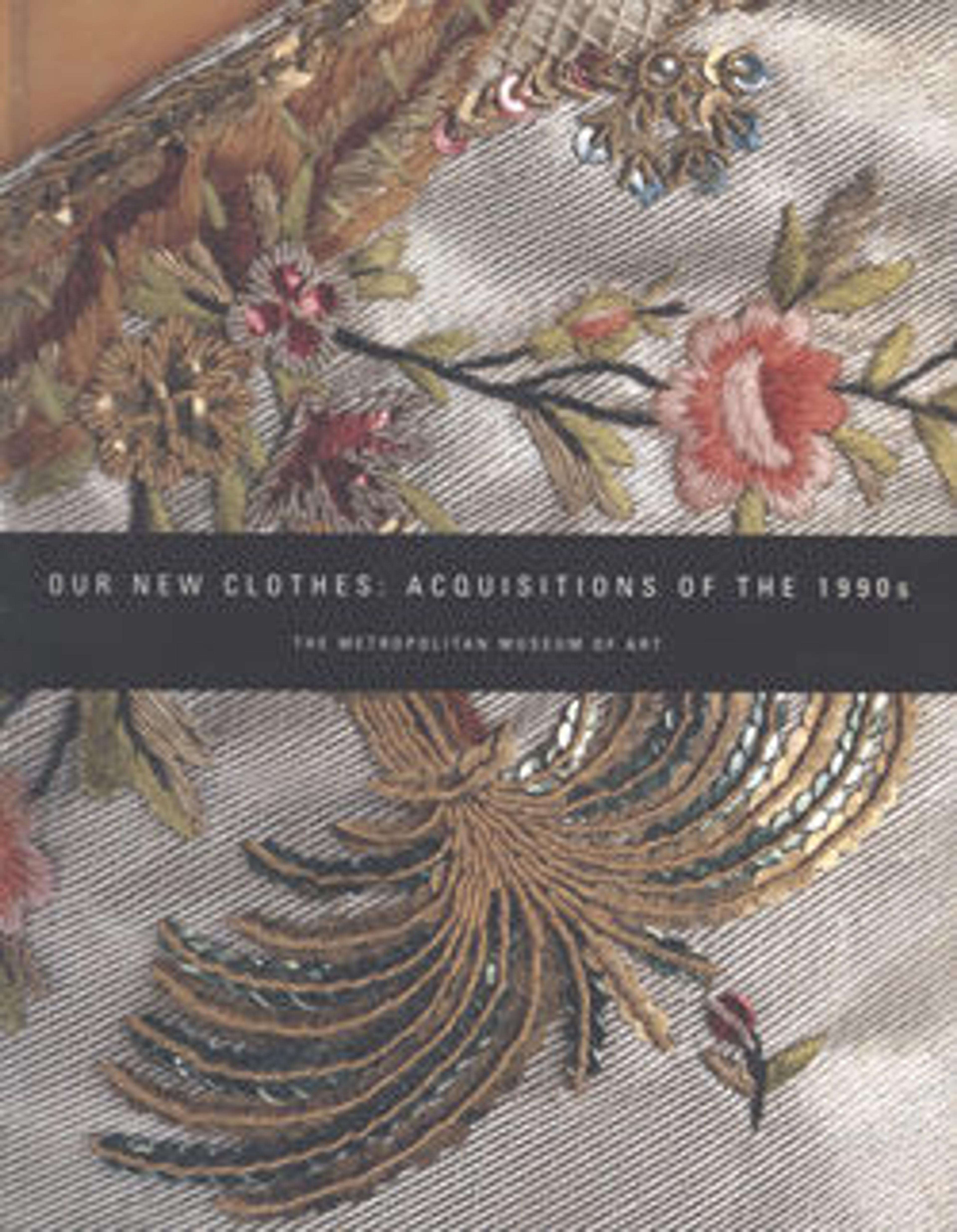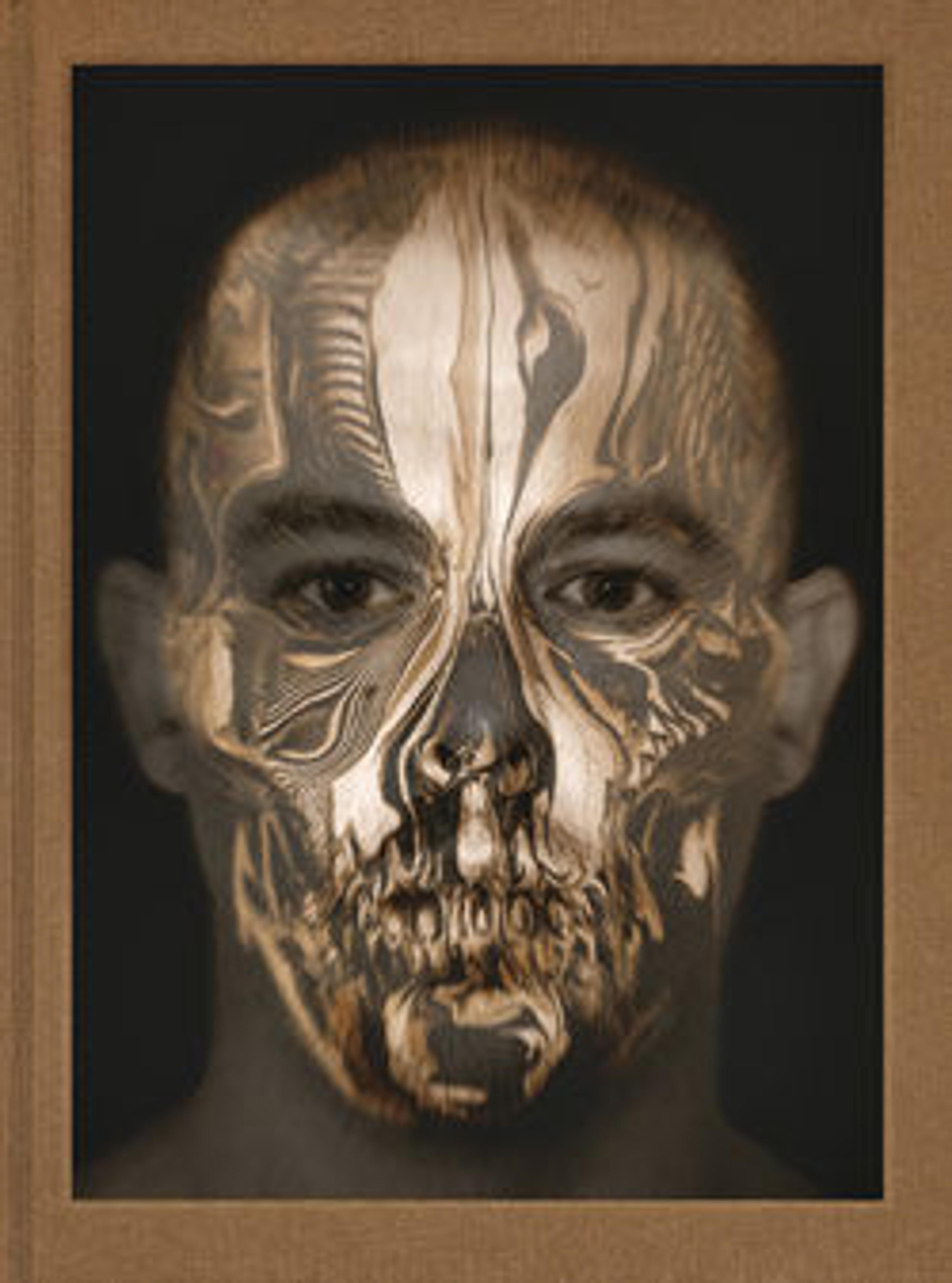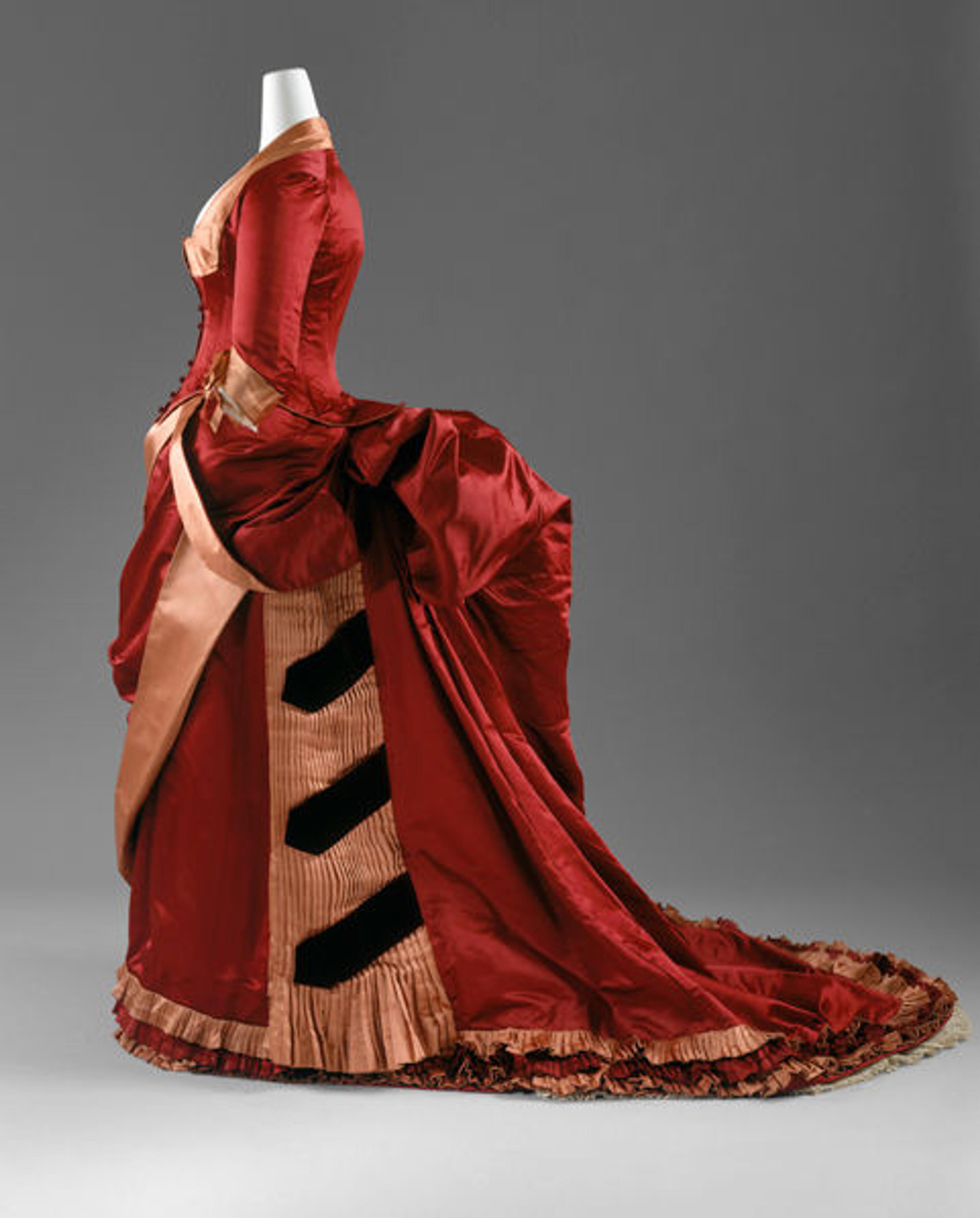
Extreme Beauty: The Body Transformed
The fascinating image of a ruff designed in 2000 by Junya Watanabe that appears on the front cover of this volume is only a first hint of the wealth of images and discussions that fills the pages of Extreme Beauty: The Body Transformed. This beautiful and thought-provoking book presents many of the extraordinary and diverse transformations that the body has endured in fashion over time and across cultures. It demonstrates that an undeniable beauty abides throughout the subtle and the radical manipulations that have occurred as part of the continuing evolution of the concept of beauty. Fashion has practiced extreme strategies to portray shifting concepts of the physical ideal. The physical areas of the body have been variously and strategically adjusted. They have been constricted, padded, truncated, or extended to achieve fashion's goal through subtle visual adjustments of proportion, less subtle prostheses, and, often, deliberate physical changes. Extreme Beauty incorporates striking examples from the past and present, from Africa, America, China, Europe, Japan, and Southeast Asia to portray many of the specific ways this has happened.
The book's author, Harold Koda, is Curator of The Costume Institute at The Metropolitan Museum of Art. He has organized this book into five chapters. In each, he examines a particular zone of the body in detail—the neck and shoulders, the chest, the waist, the hips, and the feet. The chapter introductions provide a chronological outline of the transformations that have characterized each zone. These are followed by a series of eye-opening groupings of illustrations and text that enlighten the reader about issues surrounding them. As one reads the text, one looks at visual examples that directly illustrate interrelationships and contrasts that have occurred in different styles in different periods. In the "Neck and Shoulders" chapter, you witness the neck-extending chokers of the Maasai, of Edwardian beauties, and of John Galliano's more recent designs for Dior. "Chest" includes the pigeon-breasted mono-bosom style of the early twentieth century, the 1920s Air Up bra, and the phenomenon of underwear as outerwear from the sheer Neoclassical style worn by Madame Récamier at the beginning of the nineteenth century to the bustier created by Issey Miyake in 2000. "Waist" discusses the waist suppression enforced by sixteenth-century iron corsets, the cinches worn by early nineteenth-century dandies, the waist bindings of African men, and the man's corsets created in the past and surprisingly, in the late twentieth century, by the designer known as Mr. Pearl. In "Hips," you learn that the European high-style eighteenth-century robe à la française reached formidable widths of up to six feet, requiring their wearers to pass through doorways sideways. You discover the relationship between Thierry Mugler's apron dress of 1991 and men's sixteenth-century trunk hose. "Feet" reveals geisha tottering on raised geta, or clogs, the bound feet and caged nails of aristocratic Manchu women, and the stiletto heels of the 1950s. A fascinating connection is made between the early sixteenth-century Venetian footwear called chopines and the platform shoes in vogue in recent years, both of which have reached a height that actually makes them dangerous to wear.
The elegant and thoughtful design is enhanced by wonderful full-page views, close-ups, and details. The amazingly varied illustrations include images of models on the runway, a variety of views of Africans and Asians wearing the costumes of their cultures, and documentary shots of costumes and the often complex supports worn underneath them. These are augmented by reproductions of paintings, sculpture, armor, photographs, and amusing period prints and caricatures that vividly comment on fashion's often excessive attempts to achieve "extreme beauty."
Extreme Beauty accompanied an exhibition on view during the winter of 2001 at The Costume Institute of The Metropolitan Museum of Art. This project continues the ongoing mission of The Costume Institute to document and examine diverse aspects of fashion's history and fashion's present.
Met Art in Publication
You May Also Like
Press the down key to skip to the last item.
Citation
Koda, Harold, and Metropolitan Museum of Art, eds. 2012. Extreme Beauty: The Body Transformed ; [Published in Conjunction with the Exhibition “Extreme Beauty: The Body Transformed” Held at the Metropolitan Museum of Art from December 6, 2001, through March 3, 2002]. 6. printing. New York: The Metropolitan Museum of Art.
